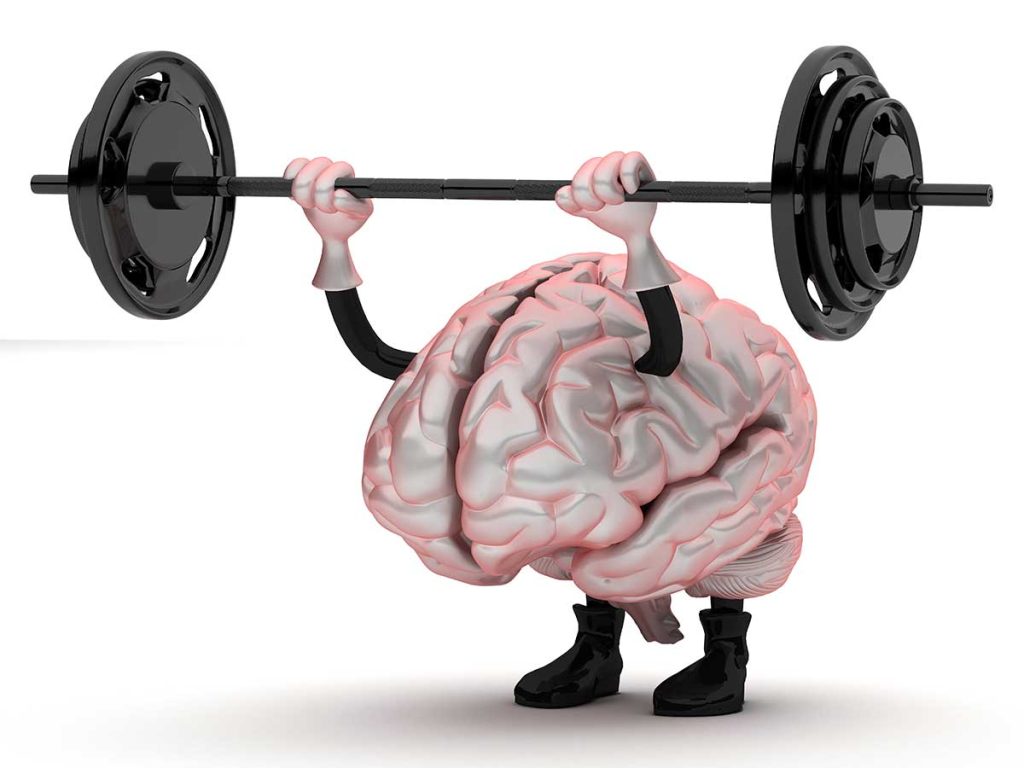July 22 recognizes World Brain Day. The research is conclusive. Combining physical activity and cognitive exercises helps to rewire your brain. Incorporating some new and different styles of exercise will improve brain health.

When disease or injury robs the brain of memory and/or language, it takes away what makes each person unique. It can be heart breaking. As explained by Eric R. Kandel, Nobel Prize winner, “learning is how you acquire new information about the world, and memory is how you store that information over time”. Learning not only includes cognitive components, such as solving equations, but also motor components and voluntary muscle movements such as exercise.
Measurements of brain activity show significant stimulation in memory-related areas of the brain immediately following physical activity. Just like a muscle adapts to repeated use, single sessions of exercise may flex cognition in ways that promote positive change over time. A study was published in the Journal of International Neuropsychological Society in 2019 which sought to prove the importance of such findings.
Brain fitness research has been in the news for years. Mindful exercises are viable options to incorporate into a program for those with or without cognitive impairment to help our brain to change and grow. Whether it is aerobic/cardio, power training (yes, seniors can do power training) or strength/resistance training. It can hasten neuroplasticity, formulating new pathways in the brain. The brain needs extra blood flow to build cerebral connections. Utilizing different techniques can also improve how the brain reacts to walking on uneven surfaces, preventing a fall, improving the pace and how we walk (gait), or perform activities of daily living.
At Lori Michiel Fitness, we incorporate various “brain fitness” workouts as we would with other exercise modalities to help develop new motor skills. In the case of strength and resistance training, we create different cues to maximize the clients’ engagement. One example might include instructing a client who needs to improve their lower body to step in different directions (with or without resistance bands) several times. We add “flavoring and spice” to the drills, by asking the client to call out the name of a fruit or vegetable as they move. There are all sorts of combinations to apply if one is creative. We start off easily, then create more complex progressions, mixing up as we go.

Flexing your brain, muscles or both simultaneously, can improve neuroplasticity. The goal – combine cognitive and physical exercise rather than repetitive exercise cues that are more linear or familiar.
For more information about neurological conditions and cranial disorders, check out the specialists at Pacific Neuroscience Institute. On July 22, the American Academy of Neurology will present a webinar on the prevention and treatment of neurological disabilities through the World Federation of Neurology.
Lori Michiel, NASM, has been assisting seniors in their homes since 2006 with customized exercise programs including those designed to address Parkinson’s, metabolic disorders, arthritis and diabetes. These adaptive programs are specifically designed to improve balance, circulation, flexibility, mobility and promote independence. Lori Michiel Fitness has over 40 certified trainers who are matched with clients in Los Angeles, Ventura and Orange Counties. Connect with Lori at www.LoriMichielFitness.com.

